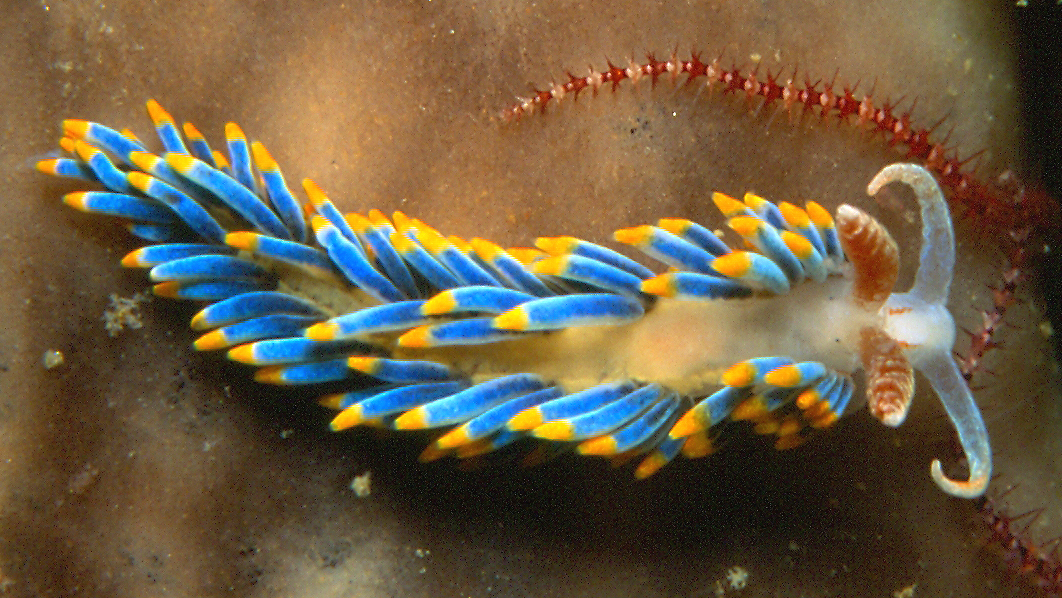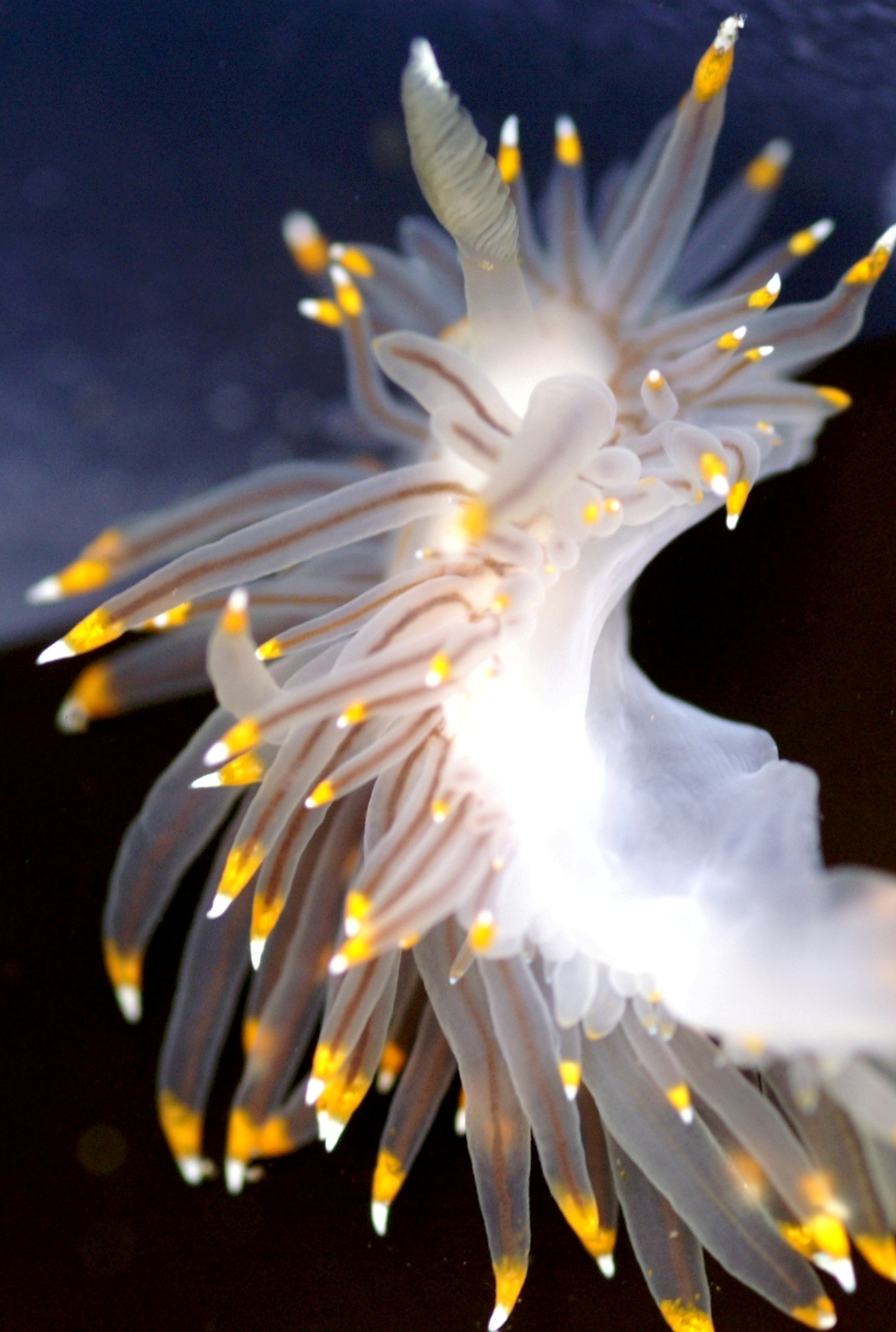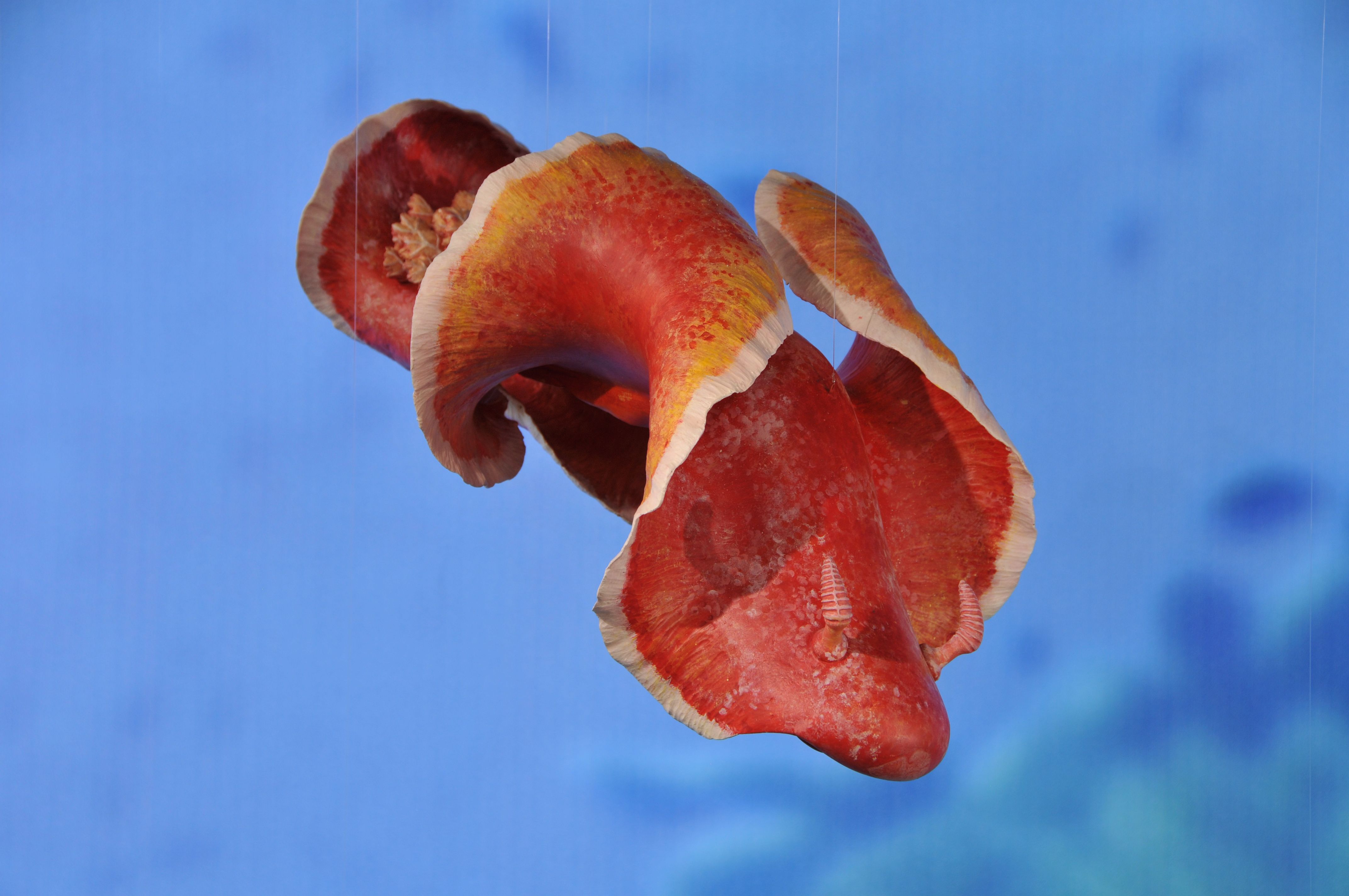How to spot the Nudibranchs when scuba diving
Nudibranchia
Found in seas worldwide, from polar regions to the tropics, and from intertidal zones to depths over 700m (even 2500m for one species). Highest diversity in warm, shallow reefs (especially Indo-Pacific/Southeast Asia).
Can be found year-round. Some areas may have seasonal peaks in abundance or diversity (e.g., South Africa Nov-April suggested as good). Time of day less critical, but searching slowly is key.
Found across all temperature ranges, but diversity peaks in warmer waters.
Found on reefs, rocks, sand, rubble, and associated with their specific food sources (sponges, hydroids, bryozoans, tunicates, other nudibranch eggs). Look carefully on surfaces where their food grows. Excellent buoyancy control is needed to observe without disturbance. Macro lenses are ideal for photography. Check specific dive site guides for known nudi hotspots (e.g., Anilao, Lembeh Strait).
Hey, planning your next dive trip?
Start logging your dives on Depthlog! You will regret not starting sooner 😉
for free!
Worldwide observation of the Nudibranchs
Pan around to see all the observations
Data sources
- Photos: Wikimedia Commons
- Distribution and specie data: GBIF (Global Biodiversity Information Facility)
Click to explore other marine creatures, their distribution and the guide on how to spot them.
Still on dry land? Join fellow dive enthusiasts who've already discovered the easiest way to track their underwater adventures and their diving analytics!


